Keeping your paint fresh after use is quite a challenging task. You need to be mindful of the temperature, the place of storage, type of paint, etc. Most people disregard proper maintenance guidelines when storing their pigments. Instead, they throw them away after use and purchase new ones if they need them. On the other hand, some just don’t know how to store them properly and end up being disappointed if their paint goes bad. If you’re looking for a post providing a guide on the best conditions to keep your paint, keep on reading because we have got you covered.
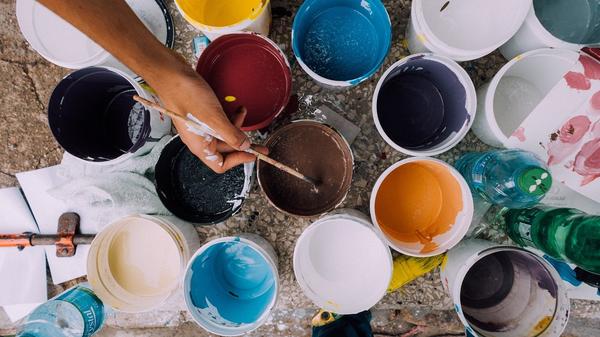
Leftover paint is a very common household item, especially when you’re an artist. Thus, it’s also common for the paints to turn bad as many people do not know how to properly store them. Not knowing how to properly store paint is equally as dangerous as not disposing of it properly. When the paint is not stored or disposed of properly, it becomes a very hazardous household item that imposes health risks. Believe it or not, paint can be reused for up to five years, as long as it is stored properly. Thus, paints are composed of different chemicals hence, the reason why we want to store the paints properly is not just that you can save money in the long run, but it can also save you from health and environmental hazards.
General Tips on How to Properly Store Your Paint
1. Put a label on your can or container:
Apart from making the storage organized, putting labels on your paint container can help you avoid unnecessary “open and close” actions. Using a permanent marker, make sure to put the necessary information on the label such as paint type, date of last use, name of the paint (color), and paint number. Doing such can also help avoid a situation wherein you’re “guessing” about the information of the paint as its original label has faded.
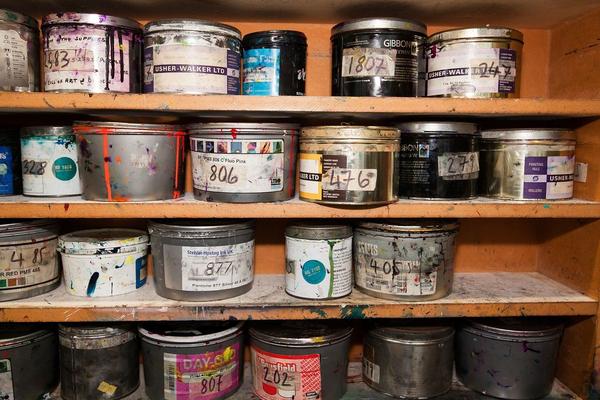
2. Seal it properly:
It’s 100% obvious that if you don’t seal your paint container properly, the pigment will dry out and go bad. To seal your container properly, be sure that the residue on the sides of the mouth/rim is wiped and clean– this can also make the re-opening process easier. If you want the lid to be tighter, put a plastic bag over the container before fully closing it with the lid. When sealing the lid, DO NOT hammer it as that can destroy the can and disrupt the air seal.
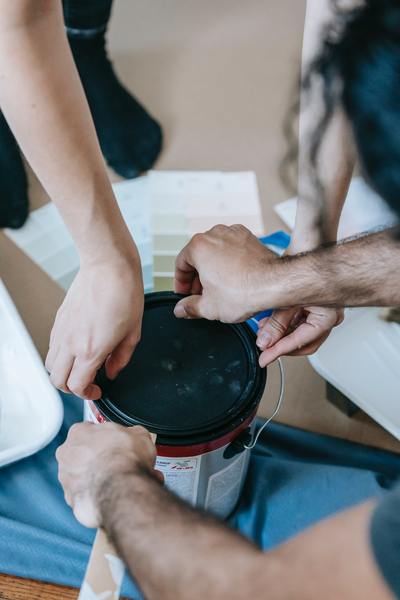
3. Repackage the leftover paint:
One of the best conditions to keep your paint “fresh” and reusable is to repackage it to a new airtight container to diminish its contact with air. If you have a very little amount of paint left, store it in a dry and small container– this can also save you space in the area where you store your paint.
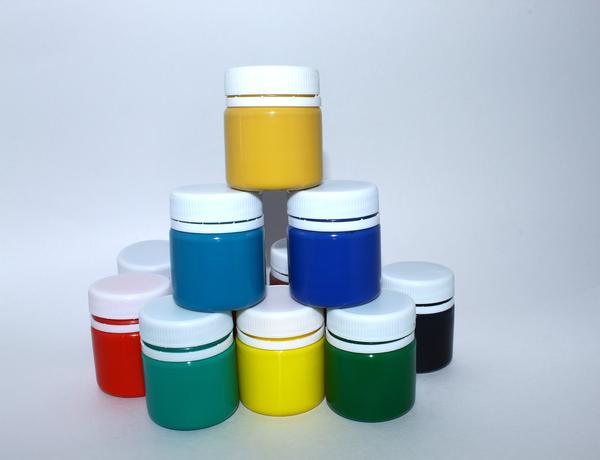
4. Be mindful of the temperature:
Storing your paint at the wrong temperature can ruin the paint’s quality. Remember, if your garage’s temperature is too hot, it isn’t the best place to keep your leftover paint. A hot environment can dry out your paint or change its consistency–making it rubbery, while a cold temperature can freeze the paint and rust its can/container. The ideal temperature of the storage area should be around 15.5 and 26.5 degrees Celsius.
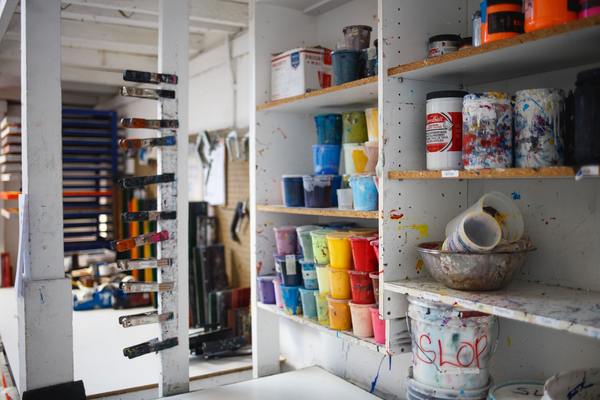
5. Place it in a good area with a good temperature:
As mentioned in the previous paragraph, temperature matters. Thus, it is very essential to store your paint in a cool, but not freezing area. Make sure that the area has no direct sunlight or heat sources as this can speed up the deterioration process of the paint. Most people think that storing it in the garage is fine but actually, it is not. According to experts, the best place to store your paint is in a cool and dry closet or the laundry room.
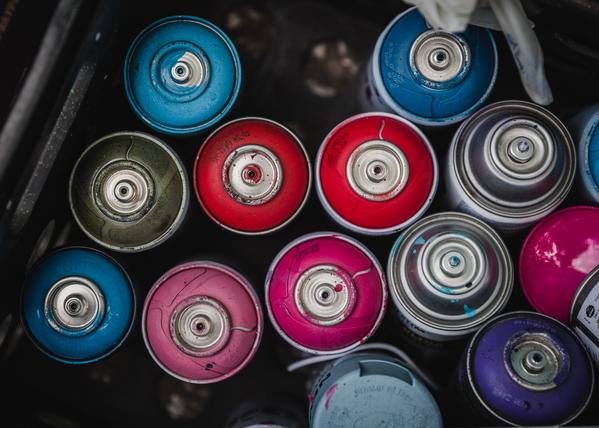
FAQ: Can you still use leftover paint?
Answer: Well, certainly, as long as you followed the guidelines above on how to store leftover paint. Moreover, you can check if your paint is still usable by carrying out these steps:
- Try mixing the paint properly before using it again. This will re-combine the separated paint chemicals. If the paint has a good consistency after mixing, then you know for sure that you can re-use it.
- Check if there are any lumps. It is important to know that paint develops lumps over time. If you’re planning to re-use your leftover paint, you can use a strain to filter out all the lumps. Once your paint is lump-free, then it’s ready to use again. However, if there are too many lumps inside the can, you might want to consider buying a fresh batch of paint.
- Check the color. Is the color still the same when you first bought and used it? If the answer is yes, then it is still usable. On the other hand, dispose of it properly when the color is different because it’s an indicator that the paint has gone bad.
- Check the smell. If the paint has gone pungent, then it is no longer safe to use. Paint has an odor, but if the odor has gone more extreme than its normal smell, dispose of it properly and purchase a new one.
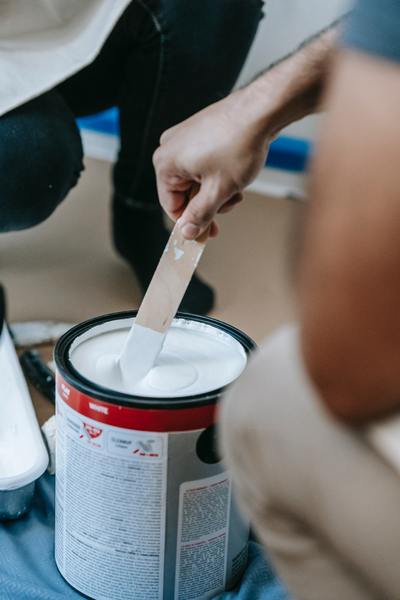
FAQ: How do I dispose of the paint properly?
ANSWER: Paint is made of chemicals that may be harmful to your health and your environment, so it is important to dispose of the paint safely and responsibly. Follow these steps:
- Contact your local waste management authority– they will either give you disposal tips or collect the paint can/s and dispose of them themselves.
- Try drying it out completely– if a very little amount of paint is left in your can, let it sit in the sun until it completely dries out.
Key Insights
Paint is the most common supply that every artist has. Though most of the artists have this material, not all know how to properly store paint pigments. We hope that this article has enlightened you about the best conditions to keep your paint. As an artist, it is important to have sufficient knowledge on how to keep your supplies reusable, as well as all the environmental and health risks.
